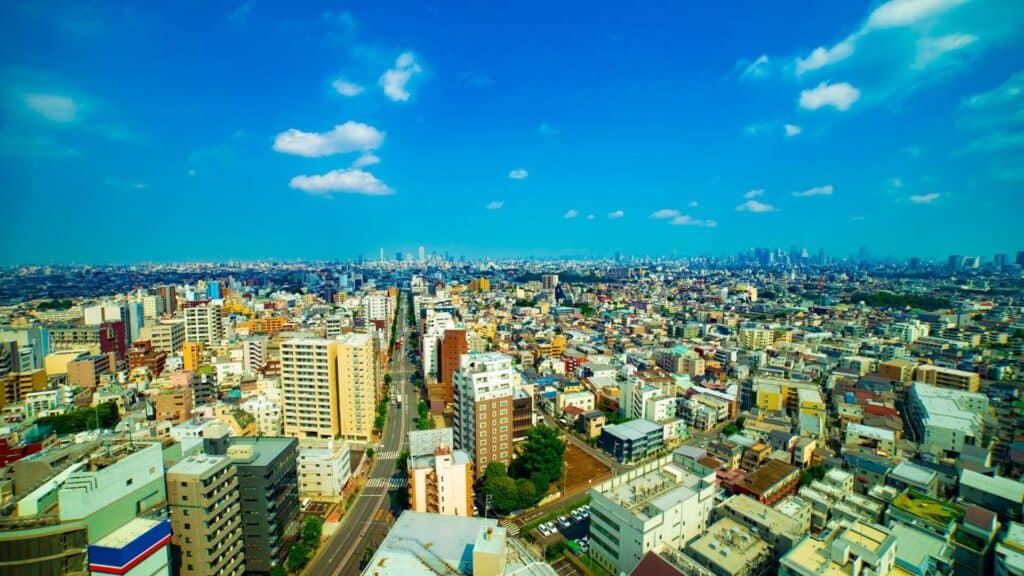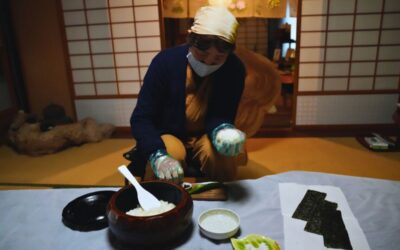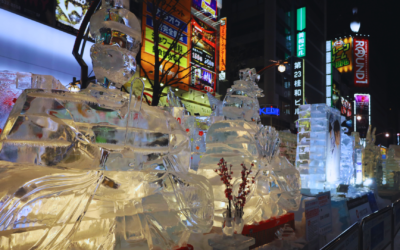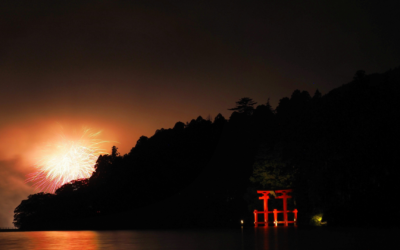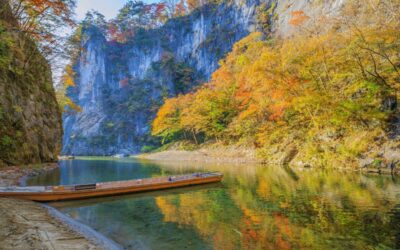Get to know Nerima Ward, a vital piece of Tokyo’s 23-ward puzzle, brimming with unique areas and exciting activities. If you’re pondering what Nerima Ward entails, including its diverse neighborhoods, historical background, top things to do, and places to stay, our quick guide has it all.
A Quick Primer to Nerima Ward

Nerima Ward, situated in the northwestern sector of Tokyo’s 23 wards, emerged post-war as the most recent addition, stemming from the division of Itabashi-ku. A significant portion of its populace relies on the Seibu Ikebukuro Line, with many commuters hailing from Ikebukuro, forming a community reminiscent of Saitama. Consequently, the daily rhythm in the ward closely mirrors that of other Saitama cities.
Areas like Ekoda, Sakuradai, Nerima, Nakamurabashi, and Fujimidai epitomise semi-suburban residential living. Venture further, and you’ll encounter locales such as Shakujii-Koen, Oizumigakuen, and Hoya, where expansive farmlands contribute to a serene suburban landscape rarely associated with Tokyo’s 23 wards. Hikarigaoka, the final stop on the Toei Oedo Line and another transit nexus, boasts towering apartment complexes, earning it the reputation of a “bedroom town.”
Living in Nerima Ward

A panoramic view of Nerima Ward reveals a populace embodying neither exceptional nor lacking qualities, epitomising the quintessential “middle-class” ethos. Unlike their counterparts in Suginami or Setagaya, they lack ostentatious brand consciousness or pride, choosing to inhabit this territory for its pragmatic blend of advantages and drawbacks, particularly its proximity to Shinjuku and Ikebukuro.
Should you not mind traversing the Seibu Railway, redolent with the essence of Saitama and playfully dubbed the “golden train,” then Nerima Ward beckons as a viable option. Families with young ones can delight in excursions to Toshimaen, while leisurely holidays unfold amidst the local environs. And for those with wheels, the Kan-etsu Expressway offers quick jaunts for exploration.
History of Nerima Ward

The region flourished as a prominent suburban agricultural hamlet throughout the Edo era, buoyed by the abundant water supply from the Senkawa Waterworks, erected in 1696. The fertile Kanto loam soil proved particularly conducive to cultivating daikon radishes, earning them the moniker “Nerima daikon”. These daikon radishes gained widespread acclaim and were extensively utilised in preserved delicacies such as takuan pickles. Additionally, crops like burdock root, eggplant, and potatoes thrived until the onset of the Showa period. However, a combination of drought and disease outbreaks led to a sharp decline in their production, precipitating a downturn in the agricultural community.
Following the devastation of the Great Kanto Earthquake in 1923, an influx of inhabitants migrated from the city centre, catalysing rapid urbanisation. In 1932, amidst the restructuring of Tokyo City into 35 wards, it was assimilated into Itabashi Ward. Yet, spurred by the fervent advocacy of local residents, the territories comprising Nerima-cho, Kami-Nerima-mura, Nakani-mura, Shakujii-Mura, and Oizumi-mura within Kita-Toshima County were delineated from Itabashi Ward in 1947. This delineation culminated in the establishment of Nerima Ward as the 23rd ward under the jurisdiction of the Tokyo Metropolitan Government.
Things to Do in Nerima Ward
Tokyo Metropolitan Shakujii Park 東京都立石神井公園

The Tokyo Metropolitan Shakujii Park sprawls with lush greenery, centred around the Sanboji Pond and Shakujii Pond. Designated as a national natural treasure, the Sanboji Pond swamp stream plant community is home to wild flora like kakitsubata and mitsukashiwa, offering opportunities for boating and birdwatching.
Find out more about Tokyo Metropolitan Shakujii Park here on Google maps.
Tokyo Metropolitan Hikarigaoka Park 東京都立光が丘公園
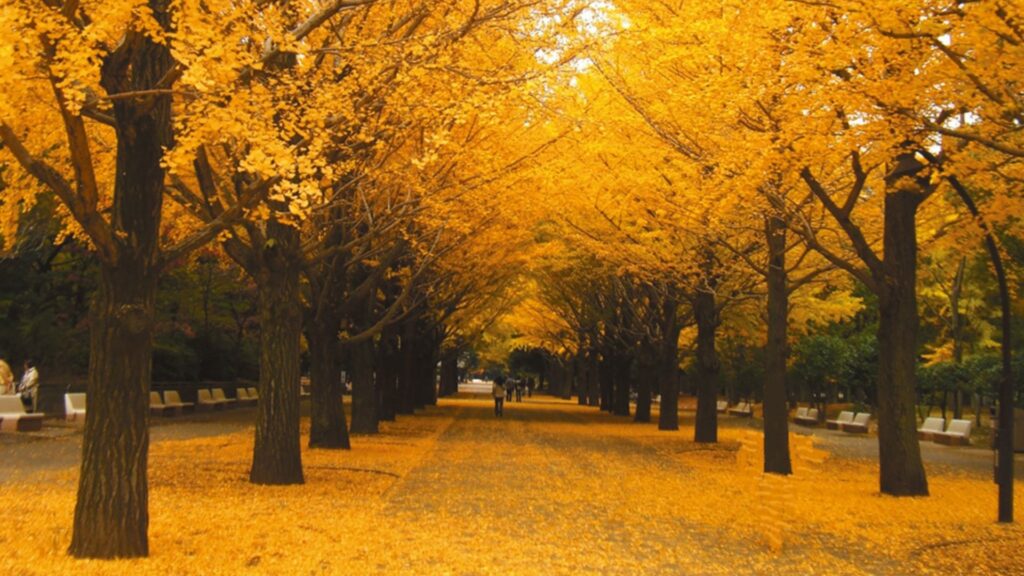
Spanning expansively, the Tokyo Metropolitan Hikarigaoka Park encompasses lawns, a bird sanctuary, tennis courts, and a baseball field. A majestic row of ginkgo trees graces the path from Hikarigaoka Station to Keyaki Plaza.
Find out more about Tokyo Metropolitan Hikarigaoka Park here on Google maps.
Chihiro Art Museum Tokyo ちひろ美術館・東京
At the Chihiro Art Museum Tokyo, original artworks by Chihiro Iwasaki and international picture book artists adorn the galleries. Visitors can explore Chihiro’s restored atelier, browse through a store, relax in the café, and explore the “Children’s Room” equipped with a nursing area and a library housing 3,000 picture books from around the globe.
Find out more about Chihiro Art Museum Tokyo here on Google maps.
Igusa Hachimangu 井草八幡宮
Linked to Minamoto no Yoritomo, the main shrine of the Shakujii Hikawa Shrine, reconstructed in 1664, stands as Suginami Ward’s oldest wooden structure. The shrine precincts also host a folklore museum showcasing shrine treasures and local cultural artefacts.
Find out more about Igusa Hachimangu here on Google maps.
Egotanomori Park 中野区立江古田の森公園
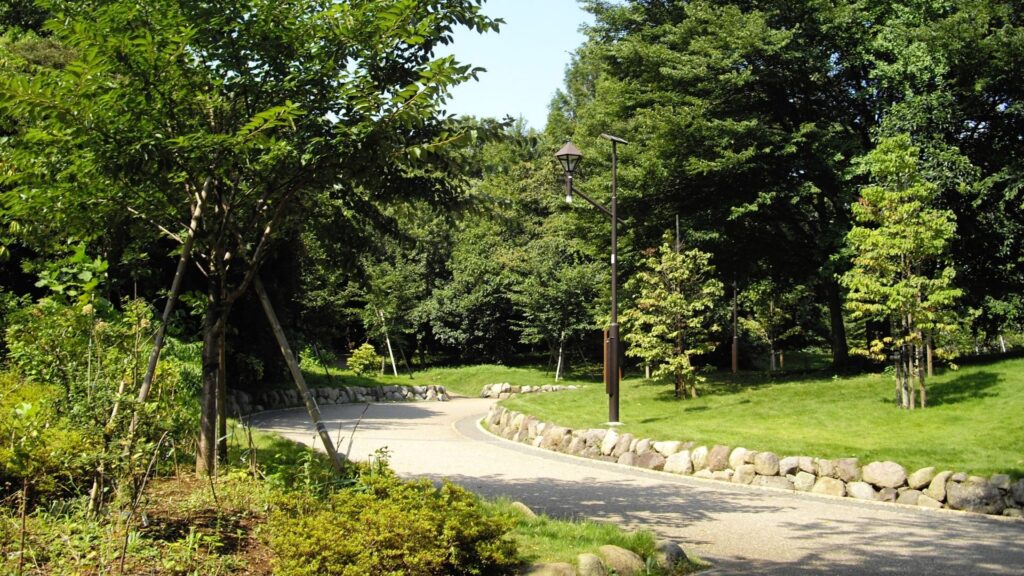
A leisurely 20-minute stroll from the south exit of Ekoda Station leads to the verdant Egotanomori Park, an ideal locale for forest bathing and wildlife observation.
Find out more about Egotanomori Park here on Google maps.
Shakujii River 石神井川

Along both banks of the Shakujii River, a picturesque path unfurls, particularly enchanting is the 2-km route from Naka Itabashi to Kaga, where a cherry blossom festival graces the spring.
Find out more about Shakujii River here on Google maps.
Shakujii Hikawa Shrine 石神井氷川神社
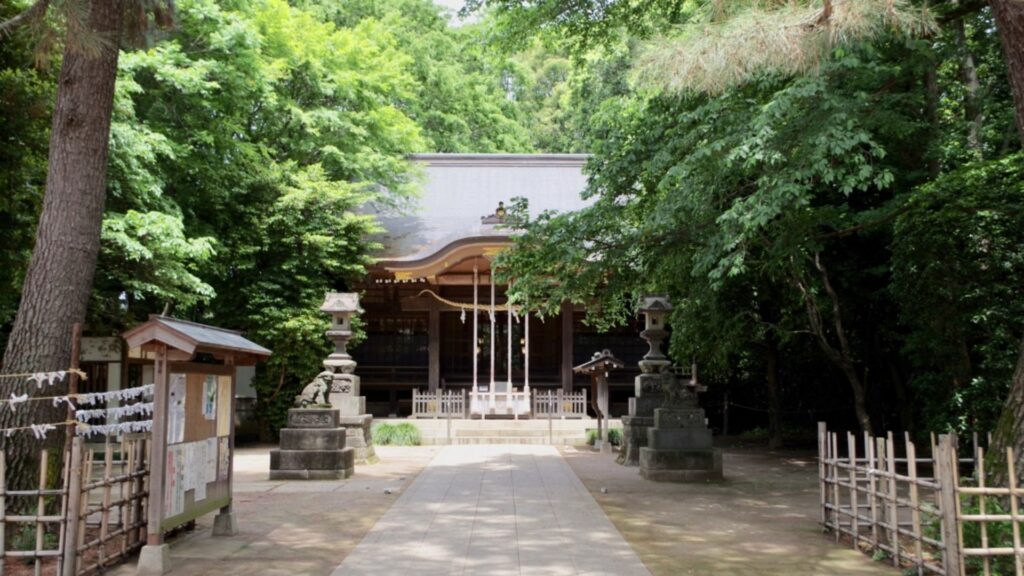
Originating in the Muromachi period alongside Shakujii Castle, the Shakujii Hikawa Shrine endures as a revered guardian of Shakujii. Dedicated to Susano-no-mikoto, Inadahime-no-mikoto, and Oonamuchi-no-mikoto, the shrine grounds span over 2,000 tsubo, preserving the ambiance of ancient Musashino.
Find out more about Shakujii Hikawa Shrine here on Google maps.
Site of Shakujii Castle 石神井城跡
Despite its surprising existence, the history of Shakujii Castle dates back to the mid to late Kamakura period. Now designated as a historic site by the Tokyo Metropolitan Government, the castle ruins offer a popular sightseeing spot, with remnants like the earthen mound and empty moat of the main fortress.
Find out more about Site of Shakujii Castle here on Google maps.
Toshimaen Niwa-no-yu 豊島園 庭の湯
Nestled in Tokyo, Toshimaen Niwa-no-yu invites visitors to indulge in a day of hot spring relaxation. Situated a stone’s throw away from Toshimaen Station on the Oedo Line or the Seibu Line, the facility boasts not only hot spring baths but also saunas and a bedrock zone amidst a stunning Japanese garden.
Find out more about Toshimaen Niwa-no-yu here on Google maps.
Nerima Shakujiikoen Furusato Museum 練馬区立 石神井公園ふるさと文化館
Opened in March 2010 adjacent to Shakujii Park, the Nerima Shakujiikoen Furusato Museum celebrates the history, traditions, and unique culture of Nerima Ward. The museum offers spaces for cultural activities, including meeting rooms for rent and exhibitions of creative works.
Find out more about Nerima Shakujiikoen Furusato Museum here on Google maps.
Nerima City Heisei Tsutsuji Park 練馬区立平成つつじ公園
Nerima City Heisei Tsutsuji Park showcases a vast array of azaleas, the ward’s signature flower. With around 600 varieties and 16,000 plants, the park dazzles visitors, especially during late March to late May when the azaleas bloom in all their splendour.
Find out more about Nerima City Heisei Tsutsuji Park here on Google maps.
Events in Nerima City Ward
石神井氷川神社例祭 Shakujii-Hikawa Shrine Festival
When: The Shakujii-Hikawa Shrine Festival typically takes place annually in mid to late September, spanning over several days.
What it’s Like: The festival at Shakujii-Hikawa Shrine is a lively celebration deeply rooted in local tradition and culture. It exudes a vibrant atmosphere filled with excitement, music, and cultural displays.
Activities: Festival-goers can enjoy a variety of traditional performances, including taiko drumming, folk dances, and theatrical presentations. Food stalls offer a tantalising array of Japanese street food and festival favourites. Visitors can also partake in shrine rituals and prayers for good fortune and blessings.
Highlights: One of the festival’s highlights is the procession of elaborately decorated floats parading through the streets surrounding the shrine. These floats, adorned with intricate designs and vibrant colours, are a sight to behold and are accompanied by traditional music and chanting.
Getting There: Shakujii-Hikawa Shrine is easily accessible by public transport, with nearby stations serviced by train and bus routes. Plan your journey in advance and expect larger crowds during peak festival hours.
Tips: Arrive early to secure a good viewing spot for the procession and to explore the festival grounds at a leisurely pace. Don’t forget to bring cash for purchasing food and souvenirs from the stalls. Respect the customs and traditions of the shrine by observing proper etiquette during rituals and ceremonies.
Accommodations in Nerima Ward
Spa&Capsule Hotel Grandpark Inn Kitasenju (1 Star)
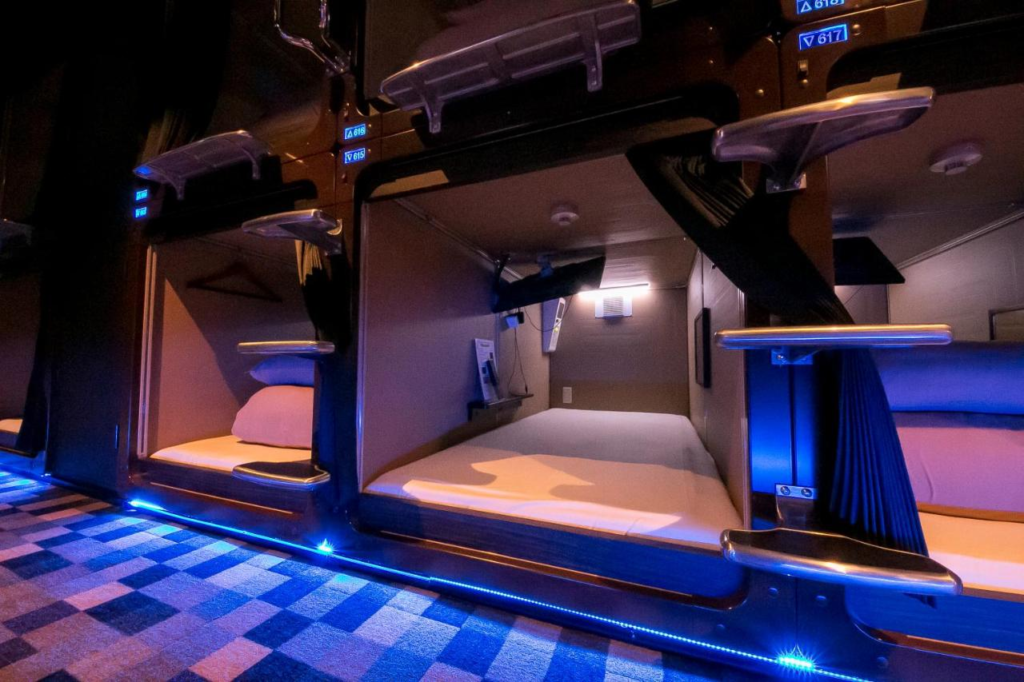
Kitasenju Station’s Nakamachi Exit is just a 5-minute stroll away, while Exit 1 of the Chiyoda Line at Kitasenju Station is a mere 2-minute walk. Grandpark Inn Kitasenju is conveniently located, with Tokyo Sky Tree Tower a short 4.1 km distance and the Edo Tokyo Museum just 6 km away. Haneda Airport serves as the nearest airport, approximately 21 km from Spa&Capsule Hotel Grandpark Inn Kitasenju.
LaLaCUBE Kitasenju (2 Stars)

Nestled in Tokyo, LaLaCUBE Kitasenju offers free WiFi and is in close proximity to notable attractions such as the Art Center of Tokyo, Senjujuku History Petit Terrace, and Senju Shrine. The apartment is surrounded by points of interest including Lumine Kita-Senju, Ponte Porta Senju, and Kita-Senju Marui. Tokyo Haneda International Airport, situated 21 km away, serves as the nearest airport.
Urbain Tokyo Ueno Kitasenju (3 Stars)
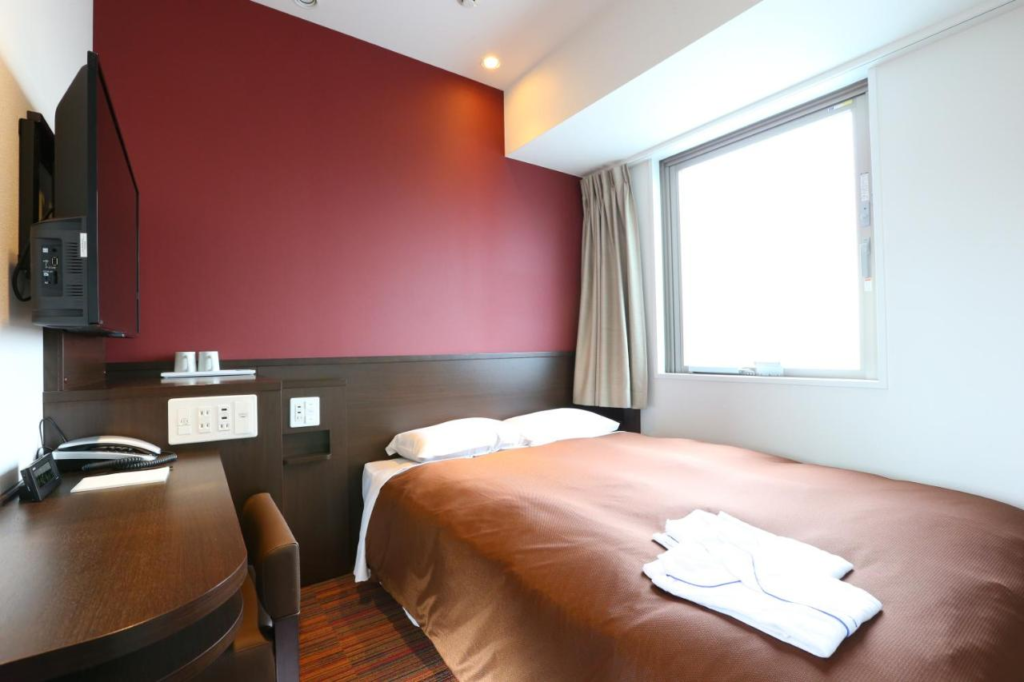
In the Adachi Ward district of Tokyo, Urbain Tokyo Ueno Kitasenju is attractively positioned within 200 m of Kita-Senju Marui, 300 m from Yokoyama Family House, and 400 m from Lumine Kita-Senju. Nearby attractions include the Art Center of Tokyo, Niji Park, and Senju Shrine. Tokyo Haneda International Airport, located 35 km away, is the closest airport to Urbain Tokyo Ueno Kitasenju.
Final Musings on Nerima Ward’s Charm
From ancient temples and shrines to contemporary art scenes, Nerima Ward boasts a wealth of cultural attractions waiting to be discovered. Wander through historic neighbourhoods adorned with traditional Japanese architecture, or immerse yourself in the local art and culinary scenes. With something to delight every traveller, Nerima Ward promises an unforgettable experience for all who venture its streets.
Planning a visit? Look no further than this blog for valuable insights and tips on navigating Nerima Ward. Whether you’re seeking hidden gems or practical advice on transportation and accommodation, we’ve got you covered every step of the way. So, embark on your journey of exploration and discovery in Nerima Ward, and prepare to be enchanted by all it has to offer.

